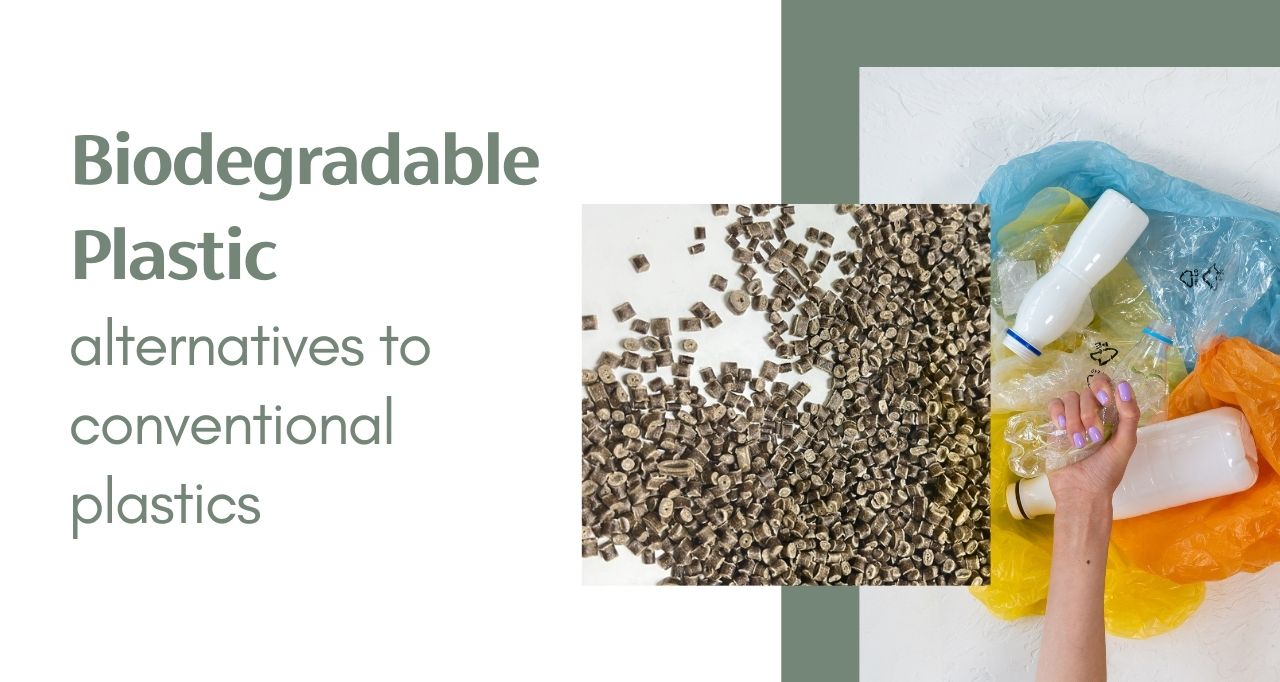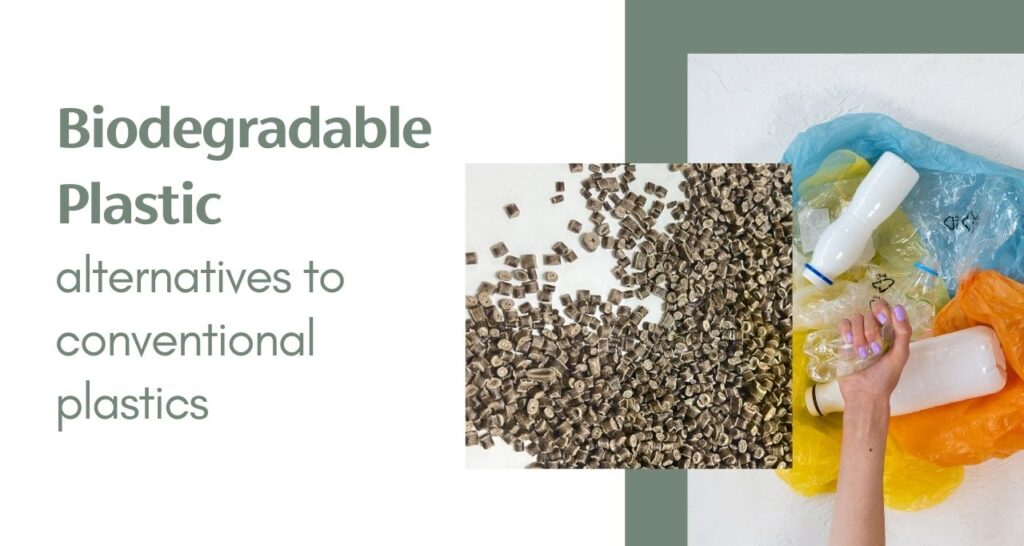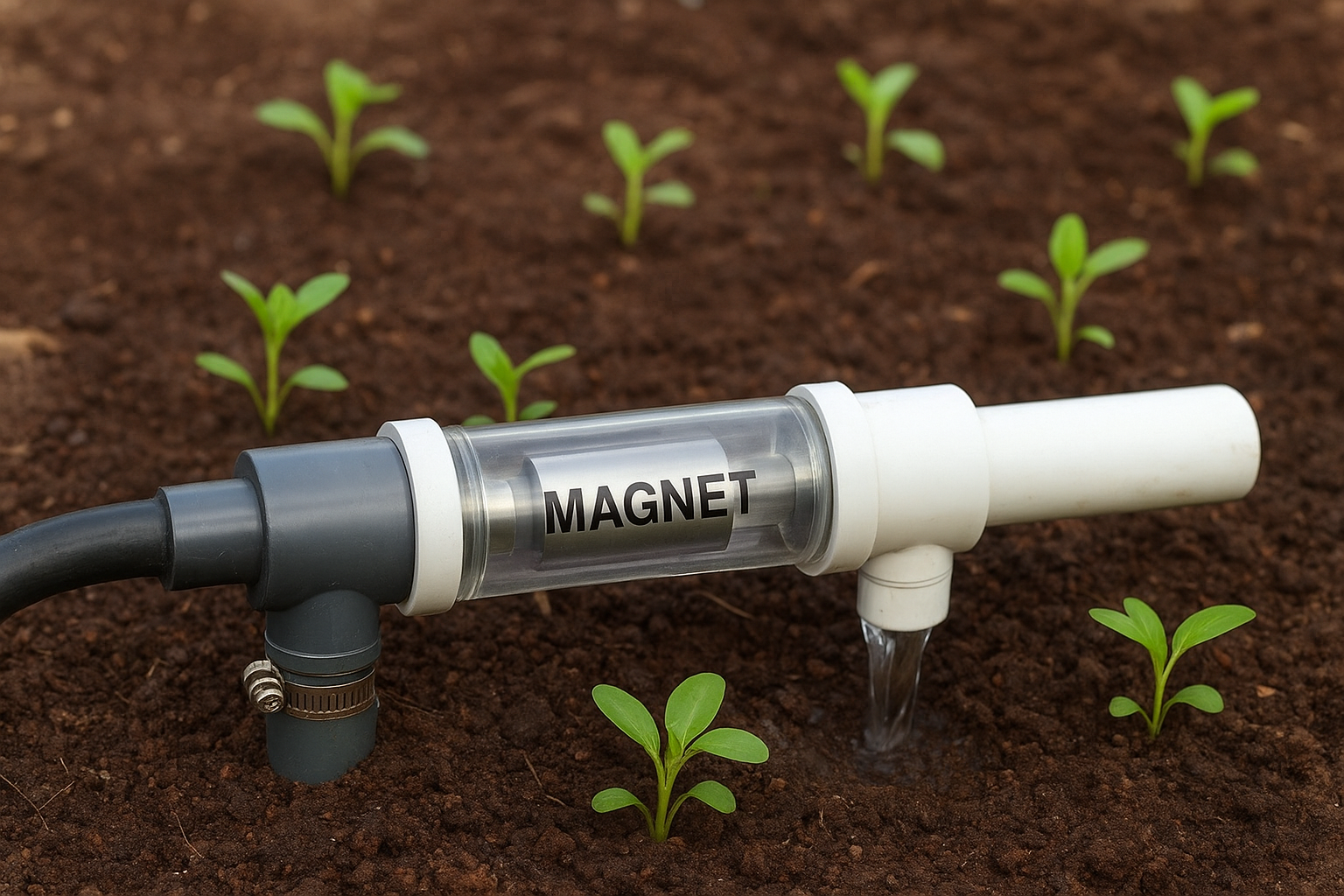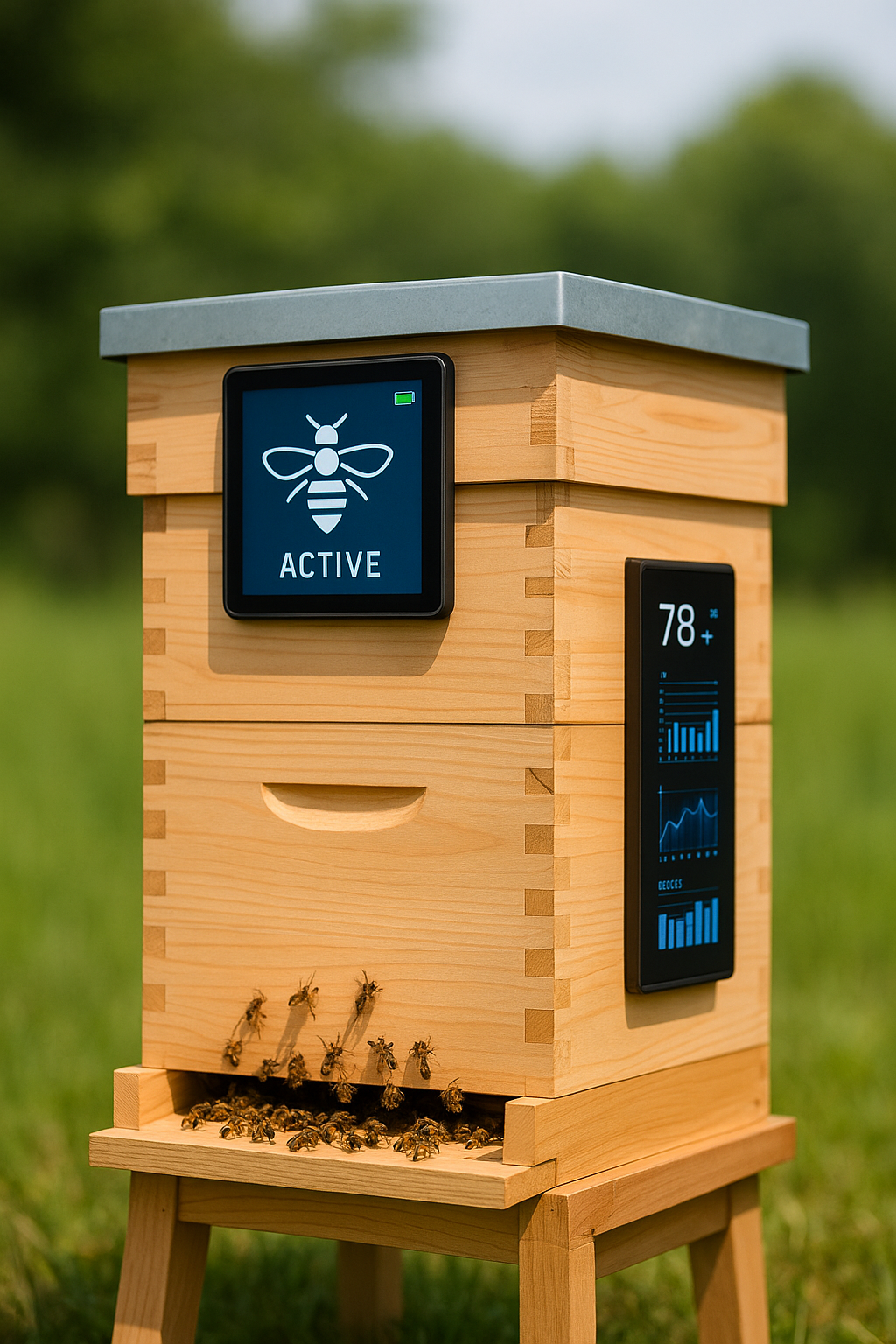

The escalating environmental concerns associated with plastic waste have prompted the exploration of sustainable alternatives. This article investigates the synthesis of biodegradable plastics using natural polymers such as starch and cellulose, aiming to mitigate plastic pollution. The primary objective is to develop eco-friendly plastic materials that decompose naturally, thereby reducing reliance on conventional plastics derived from fossil fuels.
Introduction
Plastic pollution has become a critical environmental issue, with conventional plastics contributing significantly to waste accumulation and ecosystem degradation. Biodegradable plastics, synthesized from renewable resources, present a promising solution to this problem.
Statement of the Problem
The challenge lies in developing biodegradable plastics that not only decompose efficiently but also possess mechanical properties suitable for various applications. This article explores the use of natural polymers such as starch and cellulose to address this gap.
Objectives
- To synthesize biodegradable plastics using natural polymers like starch and cellulose.
- To evaluate the mechanical and thermal properties of the synthesized bioplastics.
- To assess the biodegradability of the developed bioplastics under controlled conditions.
Justification and Significance
Developing biodegradable plastics from natural polymers offers an eco-friendly alternative to conventional plastics, potentially reducing environmental pollution and dependence on fossil fuels.
Limitations
- Merits:
- Utilization of renewable resources.
- Reduction in plastic waste.
- Potential for industrial scalability.
- Demerits:
- Possible limitations in mechanical strength compared to conventional plastics.
- Variability in biodegradation rates depending on environmental conditions.
Assumptions
It is assumed that the natural polymers used are free from contaminants that could affect the synthesis process. Precautions will be taken to maintain consistent experimental conditions to ensure reliable results.
Literature Review
Recent studies have explored the use of natural polymers in bioplastic production. For instance, research indicates that biopolymers such as starch, cellulose, pectin, keratin, chitin, gelatin, and polyhydroxyalkanoates can be obtained from natural biomass sources, exhibiting suitable physicochemical, thermal, and mechanical properties for bioplastic production.
Additionally, the use of agro-waste as a feedstock for biodegradable polymer synthesis has been shown to reduce both the cost of producing biodegradable polymers and the environmental impact associated with waste disposal.
However, challenges remain in achieving optimal mechanical properties and ensuring consistent biodegradability across different environmental conditions.
Methodology
Materials:
- Natural polymers: Starch and cellulose.
- Plasticizers: Glycerol.
- Crosslinking agents: Glutaraldehyde.
Apparatus Used:
- Hot plate stirrer.
- Molds for casting.
- Oven for drying.
- Tensile testing machine.
- Thermogravimetric analyzer.
Procedure:
- Prepare starch and cellulose solutions by dissolving in water with heating and stirring.
- Add glycerol as a plasticizer and glutaraldehyde as a crosslinking agent to the solution.
- Pour the mixture into molds and allow it to set at room temperature.
- Dry the formed bioplastics in an oven at a controlled temperature.
- Characterize the bioplastics using tensile testing and thermal analysis.
Variables:
- Independent Variables: Concentration of plasticizer and crosslinking agent.
- Dependent Variables: Mechanical strength, elongation at break, water absorption, and biodegradability.
Observations:
Record the physical appearance, flexibility, and any signs of degradation of the synthesized bioplastics.
Conclusion
The project successfully synthesized biodegradable plastics from natural polymers such as starch and cellulose. The resulting materials exhibited promising mechanical properties, including adequate tensile strength and flexibility, making them suitable for various applications. Additionally, the bioplastics demonstrated favorable biodegradability under controlled conditions, indicating their potential to reduce environmental plastic pollution. These findings suggest that natural polymer-based bioplastics can serve as viable, sustainable alternatives to conventional plastics, offering comparable mechanical properties and enhanced environmental benefits.





